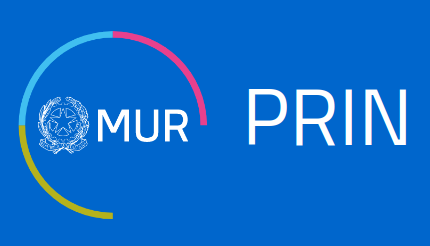

The Institute on Atmospheric Pollution has received a positive evaluation on five project proposals presented within the Projects of Relevant National Interest (PRIN), by the Directorate General of the Ministry of University and Research (MUR).
The PRIN program (Research Projects of Relevant National Interest), as stated in the notice, is intended to finance public research projects, in order to promote the national research system, to strengthen interactions between universities and research institutions in line with the objectives outlined in the National Recovery and Resilience Plan (PNRR) and to encourage Italian participation in initiatives relating to the European Union's Research and Innovation Framework Programme.
Projects will have duration of two years and provide for the establishment of research groups formed by at least two units of research belonging to several different universities, bodies or institutions.
The CNR-IIA researchers have collaborated with other academic bodies and institutions, managing to achieve good results in different scientific fields.

Below are the project proposals that have passed the selection, and are therefore eligible for funding:
- μ-Sand (μ-thermogravimeter-in Situ dust ANalyser and particles size Discriminator), a project that envisages the creation of an innovative instrument for nano-micro-granulometry measurements of dust and analysis of volatile compounds in planetary environments, primarily to characterize dusty environments on the Moon; Scientific coordinator Emiliano Zampetti.
- The ARIA project will develop new tools for environmental monitoring based on the application of a series of sensors on moving birds.
The goal is to transform the common species that live in our cities (pigeons and seagulls), often perceived as a nuisance by citizens, into a resource for the community that can help collect data on air quality in large areas and at various heights of the atmospheric column. Scientific coordinator: Antonietta Ianniello
- NUTISFORU aims to create different functional products for applications in agriculture and forestry, valorising residual organic waste from hazelnut crops for reuse in the crop itself. The project will use electrospinning to connect the organo-mineral nanocomposits obtained from hazelnut waste, thus forming aggregates to be applied to the soil as organic amendments and in products against hazelnut plant diseases, in a perfect circular bioeconomy model. Scientific coordinator: Antonella Macagnano
- Rain-On-Snow (ROS) Events: how their composition influences snow properTies in the high Arctic (ROSETTA).ROS are an important effect of climate change and can impact the environment by altering the hydrological cycle and influencing snow albedo. The project wants to understand how the chemical composition of ROS (precipitation on an existing snowpack, “Rain-On-Snow”) it affects surface snow, its evolution over time and the spatial distribution of the different types of cover. Scientific coordinator: Roberto Salzano
- The extreme weather events have acquired a greater probability of occurring in recent decades as a result of the effects of climate change.
The goal of the project TURBIMECs it is precisely that of analyze and understand le spatio-temporal properties of extreme events occurring in atmospheric flowprobing the physical properties of cyclones observed in the Mediterranean area during the last few years (Medicanes). The study will be conducted by analyzing the outputs of high resolution numerical simulations e experimental observations from remote sensing (remote sensing), using techniques of data analysis of type “data-driven”, investigating the dynamics of medicanes scale by scale in order to identify the characteristic features and any similarities with tropical cyclones. The study aims to understand how the turbulent characteristics of the flow can influence the local dynamics and the evolution of the two types of cyclones. Scientific coordinator: Francesco Carbone
